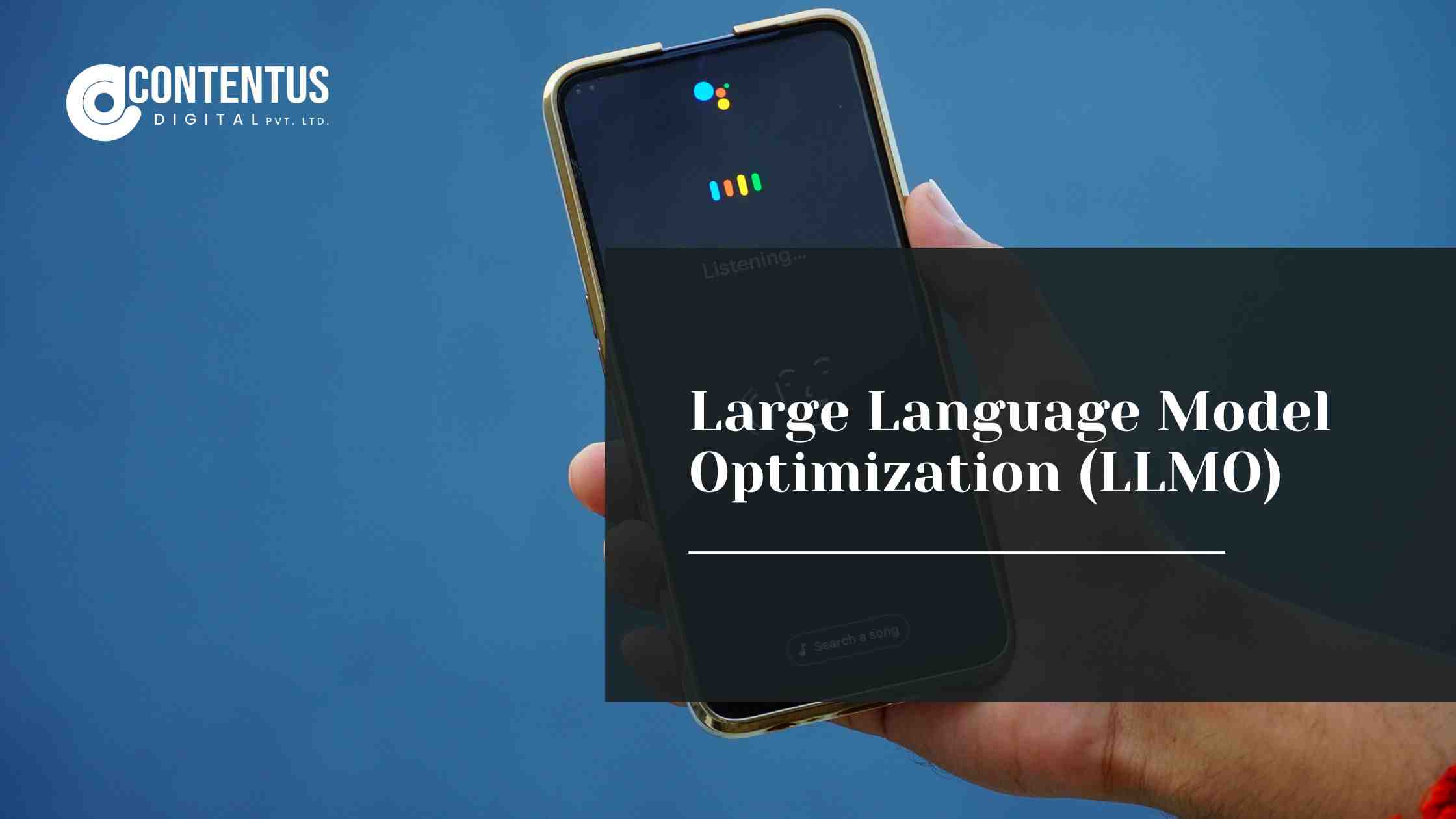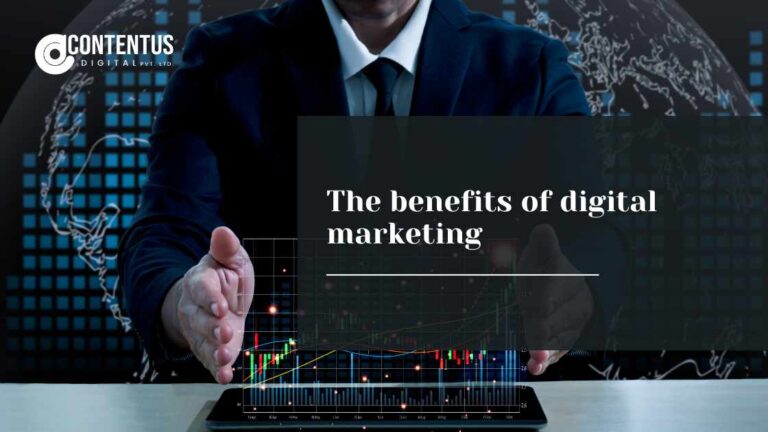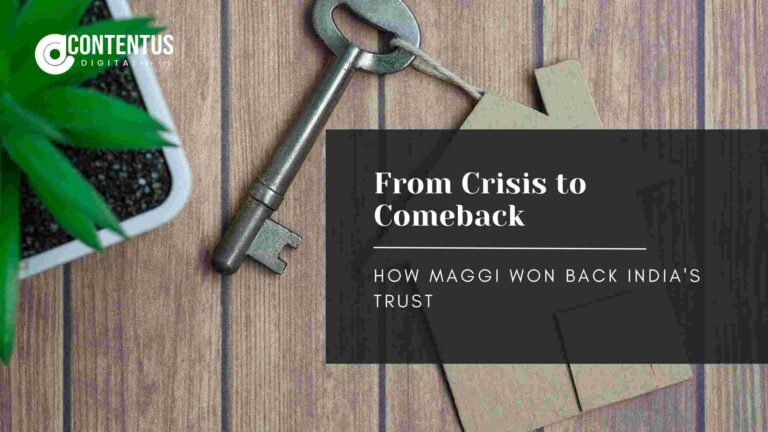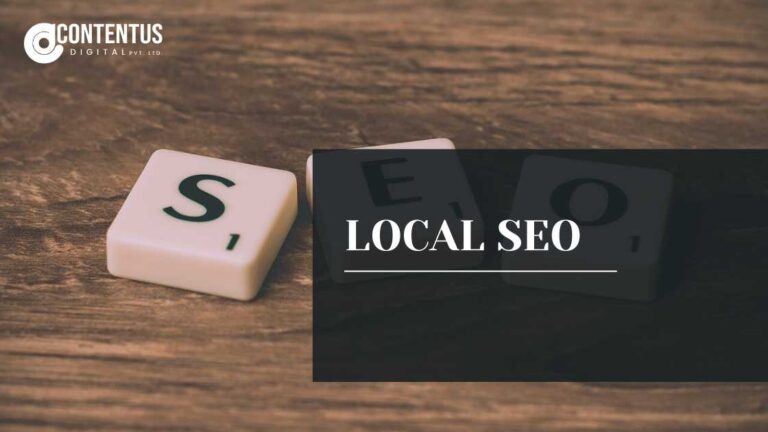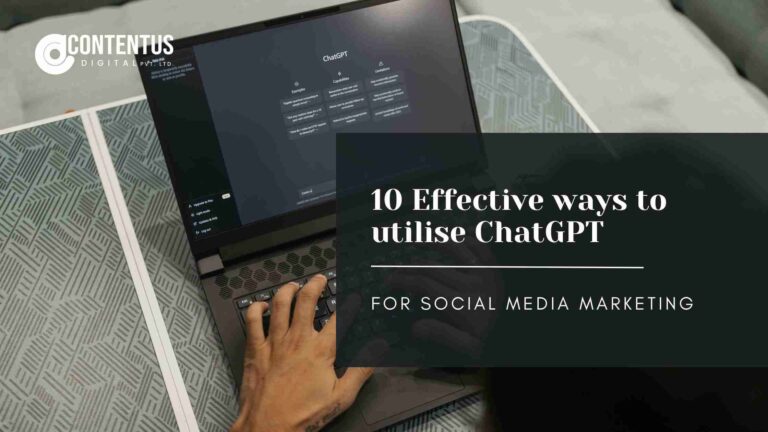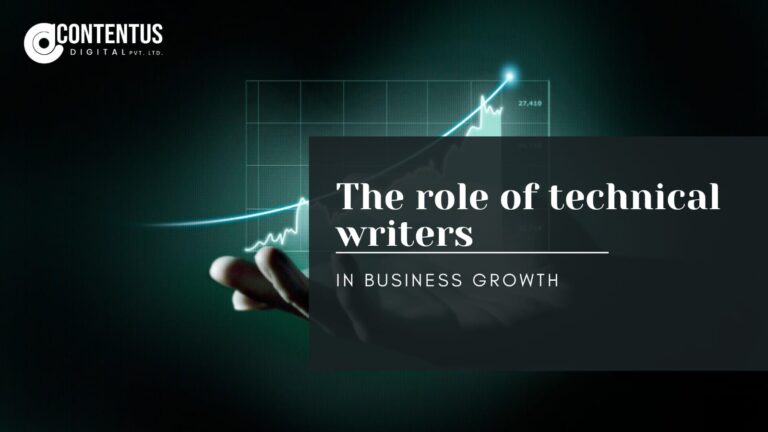Large Language Model Optimization (LLMO)
Large Language Model Optimization (LLMO) is the new normal essential strategy for adjusting your online content. It helps the LLMs like ChatGPT, Gemini, and Perplexity to easily find, analyze, and cite your content. Its aim is to ensure the insertion of your brand’s voice and information in the direct, at-a-glance responses of LLMs.
As users shift their search habits away from traditional snippets towards LLM-generated answers, relying on traditional SEO alone is no longer enough. LLMO ensures your brand is a recognized, trusted entity, boosting your content visibility significantly in this new era of conversational search.
What is Large Language Model Optimization?
Large Language Model Optimization is the strategy to adjust your content so that LLMs can find, analyze, and cite it easily. The goal is simple. It’s all about preparing your content so that different LLMs like ChatGPT, Gemini, and Perplexity can understand your brand voice and include your content in their responses.
Why do you need LLM Optimization (LLMO)?
As LLMs can generate direct responses at a glance, users don’t need to spend a lot of time to find the right resources from the search snippets. Thus, nowadays, people are increasingly shifting their search habits from traditional search engines to LLMs. This incident created great proof when Google’s search market share dropped below 90% in October 2024.
That’s why in 2025, traditional SEO is not enough to ensure content visibility and traction. Hence, you should ensure LLMs are well familiar with your brand and can reference your content in their responses. Thus, you should focus on Large Language Model Optimization.
SEO vs LLMO
Here are the core differences between traditional SEO and Large LanguageModel Optimization SEO.
Feature | Traditional SEO (Search Engine Optimization) | LLMO (Large Language Model Optimization) |
Primary Goal | Rank on the Search Engine Results Page (SERP) to get a click-through to your website. | Be cited, quoted, or summarized in an AI-generated answer (like a ChatGPT response or Google’s AI Overview). |
Keyword Strategy | Focuses heavily on exact-match keywords (e.g., “Roth IRA definition,” “best CRM software 2025”) and keyword density. | Focuses on entities (concepts, brands, products) and semantic clarity. Prioritizes natural, conversational, full questions. |
User Interaction | Aims for a click that redirects a visit to your website. Here, success is measured by traffic, CTR, and time-on-page. | Aims for “zero-click” visibility (brand mention in the direct answer). For LLMO, success is measured by citation frequency and brand authority. |
Authority Signals | Relies heavily on backlinks (links from other reputable sites) and technical SEO (site speed, mobile-friendliness). | Relies on Contextual Authority and Trust Signals like verification in Google’s Knowledge Graph, clear authorship, and external citations to authoritative sources. |
Content Structure | Optimized for crawlability and scanability by both users and search engine bots (clear H1s, meta tags). | Optimized for extractability and quotability. Uses concise, short paragraphs, Q&A format, and logical flow (transition words) to guide the LLM. |
Practical Strategies for Large Language Model Optimization
Getting your content to appear in the Large Language Model (LLM) is about providing quality data they can trust. So here are some strategies to deal with large language model optimization.
Optimize for entities, not just keywords
An entity is the key concept, e.g, person, product, or place. Search engines understand these entities based on their contexts. Similarly, LLMs rely on this contextual understanding to interpret user intent. Thus, you should consistently use your brand name, product lines, and associated locations across all the platforms.
Additionally, ensure your NAP (Name, Address, Phone) citations are identical in all channels. These are the effective strategies to integrate Large Language Model Optimization for your brand. This consistency helps the LLM confidently and accurately identify your brand as a trustworthy authority. It significantly boosts your chances of being recommended.
Build trust with Google’ Knowledge Graph
LLMs often cross-reference information using authoritative public databases like Google’s Knowledge Graph to verify facts. Here you should remember that the more your brand is listed and verified in Google’s Knowledge base. For this, you must build a strong brand identity with consistent citations and claim your Google Business Profile.
Also, add schema markup like ‘Organization’ and ‘SameAs’ for the Knowledge Graph. Though LLMs don’t use schema markup directly, the Knowledge Graph does. It will make your profile more eligible for Large Language Model Optimization, and the LLMs will pull your verified entity from the Graph.
Clarity and attribution
To maximize visibility and citation by LLMs, content must prioritize clarity and attribution. LLMs and AI answer engines favor content they can quickly and confidently verify, simplifying their process of fact extraction and credibility assessment.
A Generative Engine Optimization (GEO) study by Princeton and IIT Delhi confirmed that adding quotes, citations, and outbound links to authoritative sources (like academic research or government data) is the most effective way to improve your content’s mention rate.
To implement this:
Write concise, factual paragraphs (2-3 sentences), ensuring key information is frontloaded.
Include proper citations and links to authoritative sources.
Use formatting that aids understanding. This includes bolding key terms, employing numbered lists for processes, and including summary boxes.
Incorporate transition words (e.g., therefore, however) to guide LLMs logically through the content. This systematic structure helps LLMs quickly identify and trust your information.
Answer those questions users ask naturally
As LLMs prefer natural, conversational language, the LLM optimization (LLMO) prioritizes question-based queries. So, instead of optimizing for dense, transactional phrases, focus your content on answering full, natural questions (e.g., “What is a Roth IRA?” instead of “Roth IRA definition”). And remember that there’s no room for clunky language here.
Thus, you should use the Google “People Also Ask” section or tools like AnswerThePublic to find the exact questions your audience is asking. By providing direct, clear, and comprehensive answers to these niche queries, your content becomes a perfect, citable source for the AI.
Develop and Encourage User-Generated Content (UGC)
LLMs rely on reflecting genuine user experience and trust. Thus creating real-world reviews, participating in forums, and community discussions becomes one of the great strategies for Large Language Model Optimization.
Platforms like Reddit act as massive sources of training data. Thus you should actively encourage users to discuss your brand and products on relevant forums like Reddit, Stack Overflow, Discord, or your own branded community. This is especially powerful for commercial queries (e.g., “best budget running shoes”). Also, answering questions on Quora will be helpful to promote your brand and your thought leadership ability.
Remember that, UGC doesn’t just build community; it provides the social proof and real-world context that LLMs use to make credible recommendations.
Stick to Foundational SEO Best Practices
Don’t let anyone tell you AI is replacing SEO. It’s the opposite! LLMs are trained on public data scraped from the internet, which includes sources prioritized by search engines. Therefore, you still need a solid SEO foundation to ensure your site’s data is easily accessible and trusted.
This means keeping up a strong internal linking strategy and building an authoritative backlink profile. Crucially, focus on using rich, secondary keywords and semantic variations naturally throughout your content. This demonstrates deep topical knowledge, making your site an authoritative source that LLMs can safely cite.
Expand Your Reach with Digital PR
To guarantee LLMs discover your content, you need to go beyond standard SEO and focus on digital PR to increase your brand’s authority. The goal is to maximize brand mentions across high-authority, third-party sites.
Thus you should publish original research, industry reports, or in-depth thought leadership pieces that are so valuable they get cited by major publications like TechCrunch or Forbes. These external, high-authority citations increase your brand’s presence and perceived trustworthiness, making your content significantly more likely to be selected as a credible source by the AI.
Experiment with the llms.txt Protocol
The llms.txt file is a new, proposed protocol, much like robots.txt. It’s intended to guide LLM crawlers on how to access and use your site’s content. While adoption is still in its infancy across platforms like OpenAI and Perplexity, it’s worth being an early adopter.
Adding this file (which specifies paths, attribution requirements, etc.) can potentially lead to improved factual accuracy and better response completeness when AI cites your content. While technical, taking this step signals your content’s relevance and credibility directly to the AI.
Key Facts about LLMO
|
Conclusion
By focusing on Large Language Model Optimization SEO strategies, you are preparing your content for the future of search. This is not a replacement for fundamental SEO but an evolution of it. By becoming a definitive, trustworthy, and easily citable source, you guarantee your brand’s authority and relevance in the rapidly growing, multi-billion-dollar LLM ecosystem.

